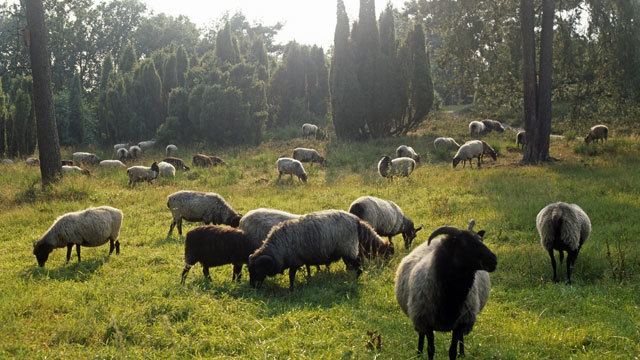Time zone CET (UTC+1) | ||
 | ||
Vehicle registration HK (until 31.7.2011: SFA) Website soltau-fallingbostel.de Points of interest Destinations | ||
Heidekreis ("Heath district") is a district (Landkreis) in Lower Saxony, Germany. It is bounded by (from the north and clockwise) the districts of Harburg, Lüneburg, Uelzen, Celle, Hanover, Nienburg, Verden and Rotenburg.
Contents
- Map of Heidekreis Germany
- History
- Geography
- Coat of arms
- Culture and places of interest
- Museums and collections
- Cinemas
- Lneburg Regional Association
- Nature reserves
- Jewish cemeteries
- References
Map of Heidekreis, Germany
History
Historically the region belonged to the Duchy of Brunswick-Lüneburg and its successor states. The district was established in 1977 by merging the former districts of Soltau and Fallingbostel as Soltau-Fallingbostel (German pronunciation: [ˈzɔltaʊ falɪŋˈbɔstəl]). On 1 August 2011 it was renamed to Heidekreis.
Geography
The district includes the western half of the Lüneburg Heath (Lüneburger Heide). Since this landscape is so characteristic for the district, it calls itself "the Heath District". The capital is Bad Fallingbostel, although it has only 11,800 inhabitants and is only the fifth largest town in the district.
Coat of arms
The coat of arms displays:
Culture and places of interest
Cultural matters are looked after by those charged with communal cultural support within the towns and municipalities, the parishes, the banks, the Lüneburg Regional Association and private cultural initiatives.
Museums and collections
Cinemas
Lüneburg Regional Association
The county is a member of the Lüneburg Regional Association (Lüneburgischer Landschaftsverband), which looks after regional, cultural-political tasks.
Nature reserves
There are es 26 nature reserves in the county of Soltau-Fallingbostel. The largest one (Lüneburg Heath Nature Reserve) has an area of 13,222 ha in the territory of the county of Soltau-Fallingbostel, the smallest (Söhlbruch) has an area of 8 ha.
Jewish cemeteries
There are four Jewish cemeteries in Soltau-Fallingbostel : in Ahlden, Rethem, Soltau und Walsrode. There are protected cultural monuments – stone witnesses to former Jewish communities and a thriving Jewish parish live into the 1930s. The cemeteries are mainly on the edge of parishes.
